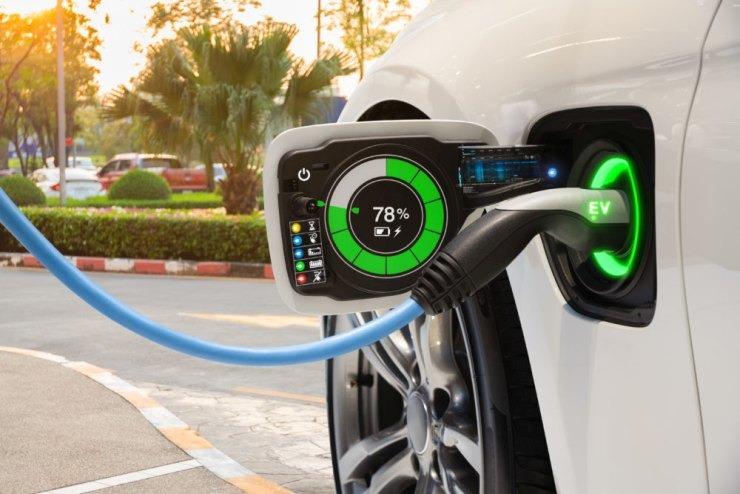Numbers are never wrong. And for the first time in Greece they show that Renewable Energy Sources (RES) were during the first quarter of 2021 the first source of energy, surpassing fossil fuels and lignite. In particular, green energy from wind and photovoltaic parks, together with the hydroelectric power, managed to dominate the country’s electricity generation mix to the tune of 49.13%.
There were some small indications already from the previous year, when on June 8, 2020 not a single kilowatt hour was produced by burning lignite, after 70 years of “coal” domination in the Greek electricity production. It was preceded by a day without lignite in the largest energy region of the country, Western Macedonia on May 20, 2020. A few months later, on September 14, 2020, RES (wind and photovoltaic) covered 51% of electricity demand, and together with large hydroelectric plants covered 57% of daily electricity demand.
The impressive change in the electricity generation scene is clearly visible from the differences of the first quarter of 2021, compared to the corresponding period of 2020. In particular, according to the analysis of Independent Power Transmission Operator (IPTO) data published by the environmental think tank “The GreenTank”, the production of electricity from lignite was reduced by 22%, from natural gas by 4%, while a decrease is recorded in net imports by 71%. Respectively, the production of electricity from RES in the first three months of 2021 increased by 22% and from large hydropower plants by 249%, compared to the corresponding period of 2020.
“IPTO data clearly show that RES successfully cover the rapid decline of lignite without requiring an increase in the contribution of fossil gas and in fact with a drastic reduction of net electricity imports,” the political analyst for GreenTank Mr. Nikos Mantzaris noted to ot.gr. He added: “Under these circumstances, it is time to review the National Energy and Climate Plan – ESEK – and to review the plans for seven new fossil gas plants, in the light of the new pan-European climate target for 2030 “.
As the data show, green energy could support the country’s energy system, while strengthening energy storage infrastructure as a counterweight to RES variability. It is no coincidence that, since 2019, the Energy Regulatory Authority has received a total of 98 applications for storage technologies (batteries, pumped storage and hybrids), with a total capacity of 8,213 MW (megawatts), which together with the works for the pumping and storage unit in Amfilochia, amount to 8,893 MW, as stated by the President of the Authority Mr. Athanasios Dagoumas at an event of the Southeastern European Energy Institute (IENE) . In fact, the company received the Final Investment Decision and the construction of the project is planned to start next October in order for it to operate in 2025.
To date, RAE has approved a total of 65 licenses for storage projects, with a total capacity of 4.4 GW, while 34 licenses for 4.5 GW are pending approval. In any case, the Authority should proceed with judging the projects, as is the case with the overflow of applications for new RES projects as the energy system does not have room for all of them.
Zero net energy imports
The data concerning the period April 19 – April 25 are also interesting, when a rare “phenomenon” was recorded with zero net energy imports. In particular, according to the energy analysis of IENE, the high prices in foreign electricity markets that continued, following the increase in international prices of both natural gas and emissions, put pressure on the Greek system as export flows increased.
However, the pressure eased on the one hand due to the small decline in demand and on the other hand due to the increased production of hydroelectric and RES units, thus reducing imports. In particular, the total electricity imports in Greece last week amounted to 119,555 MWh. Respectively, the total electricity exports of Greece last week amounted to 122,865 MWh.
As for the fuel mixture in the electricity generation, the RES units “saw” their contribution at 34% and the hydroelectric units at 6%. As for the gas units, they covered 51% of the demand, and lignite production 9%, while the net imports were zero.
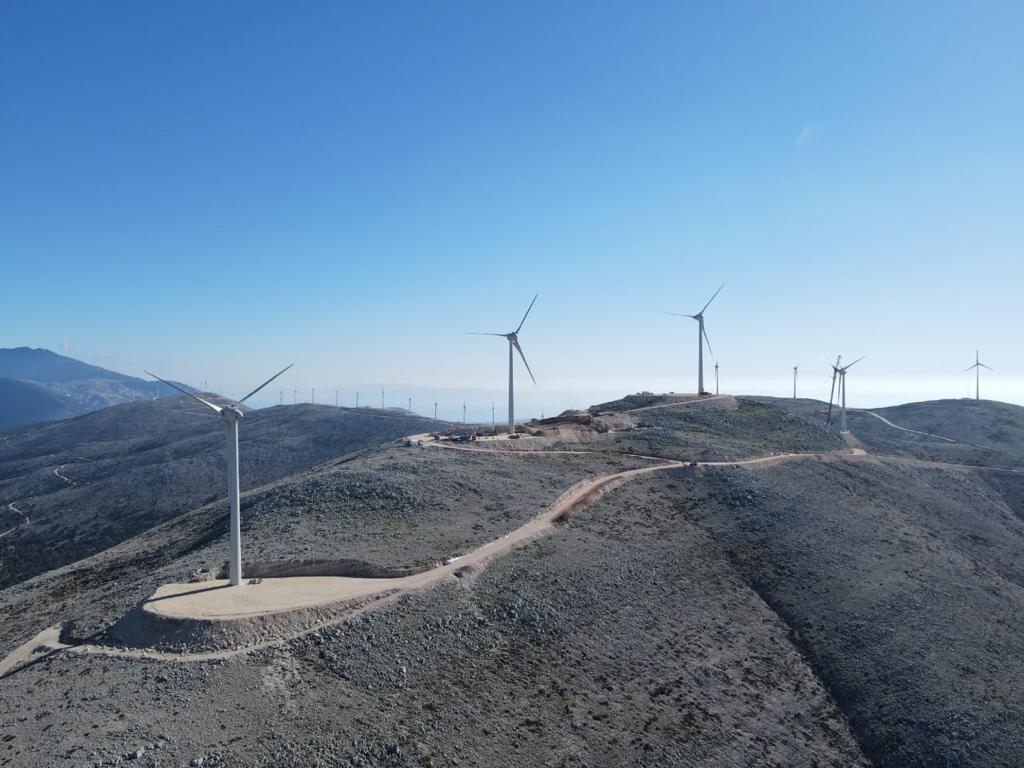
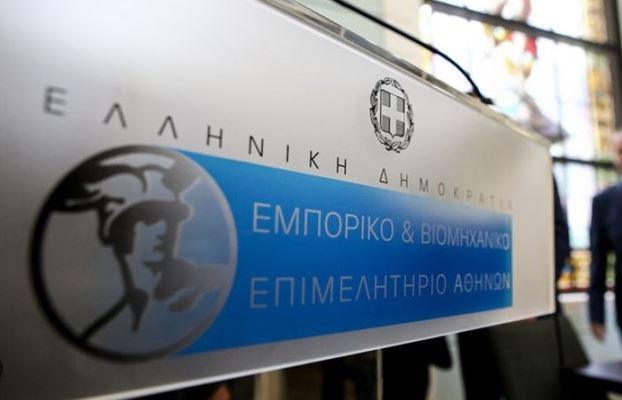










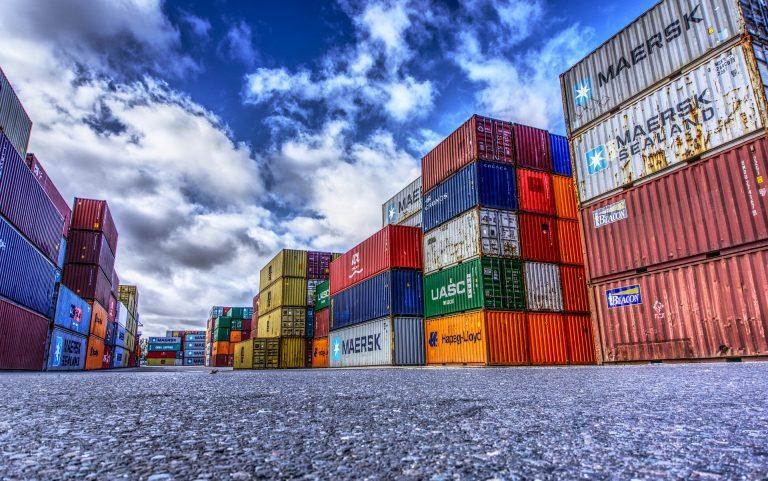



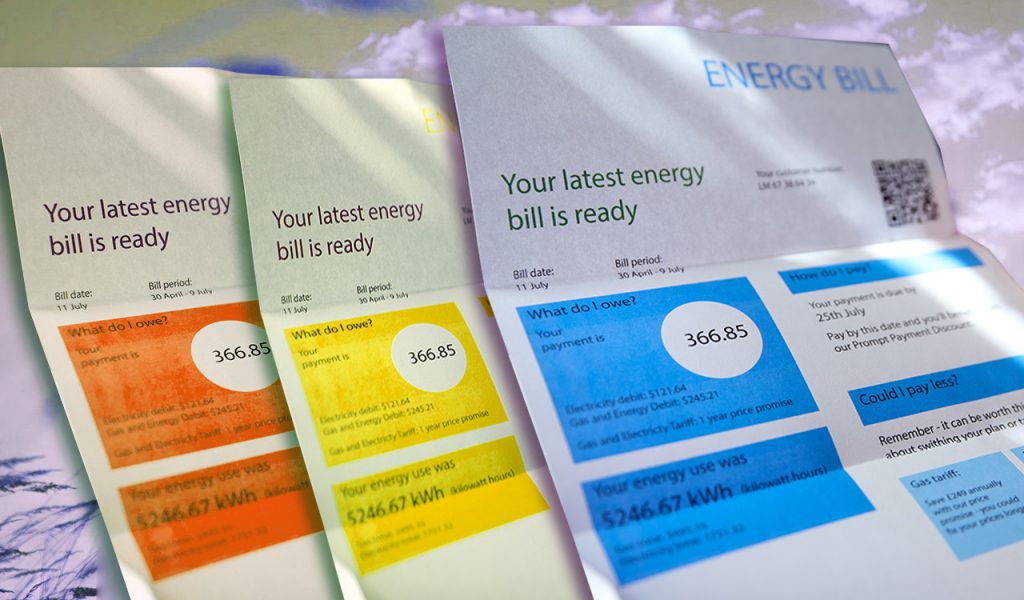














![Καταστήματα: Έκρηξη ενοικίων – Οι περιοχές [πίνακες]](https://www.ot.gr/wp-content/uploads/2025/12/retail.png)
